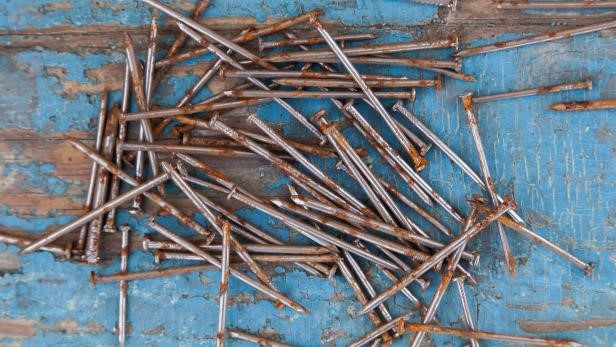
Some of what you thought you knew about tetanus is wrong
How rusty nails came to be so closely associated with tetanus isn’t clear. Iron oxide is basically harmless to the human body; millions of people drink water transported by rusty iron pipes with no health effects.
But counter to what rusty nail warnings might have you believe, the disease has nothing to do with Iron oxide, the chemical compound more commonly known as rust. Rather, tetanus is a product of the bacteria (Clostridium tetani), which is in dirt, dust, and fences — in other words, everywhere. It can enter your body through puncture wounds, yes, but also through superficial cuts, bug bites, surgical procedures, and any other rupture to your skin. It can come from stepping on a rusty nail, or tending the soil in your garden. That’s why it’s so essential to track your booster shots: You need one every decade, not just when you rip your palm open on a rusty chain link fence.
As Iron oxidizes, it eats up atmospheric Oxygen, creating a low-Oxygen environment for the bacteria to grow. While rust doesn’t cause tetanus, the two may have a symbiotic (and symbolic) relationship.
 English
English Arabic
Arabic


